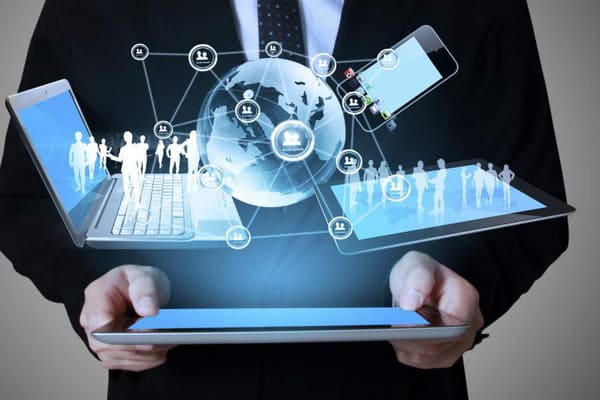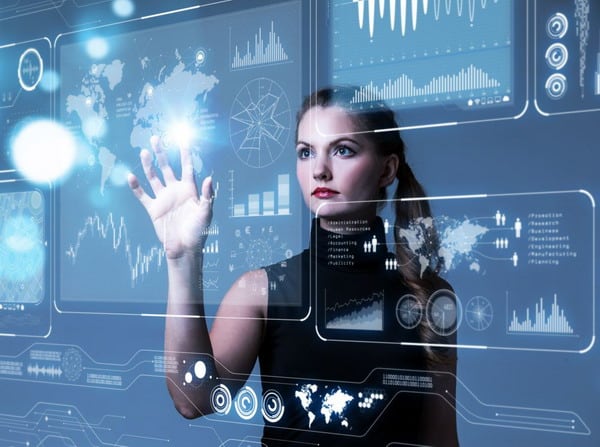The faster technologies based on artificial intelligence develop, the more obvious are the trends that developers, scientists and engineers will follow in the coming years. In our case, we will look at 2023 to understand what it is worth preparing for: for a complete immersion in the virtual world, for the use of quantum communication and quantum devices, for the global Internet of Things that will cover the whole world, or for creation, while robots are perform our routine tasks.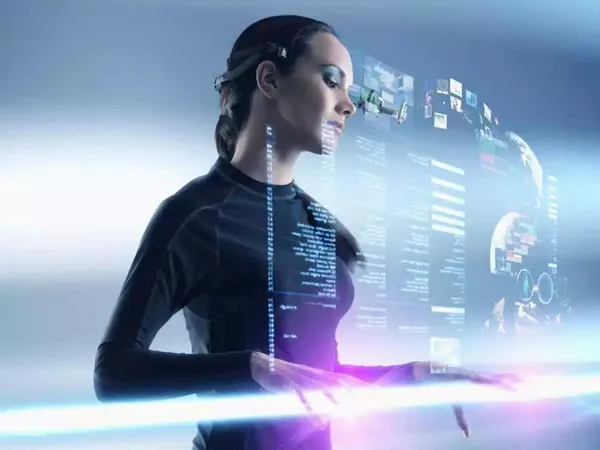
Technology is developing so fast that in a few years we may see the next new technologies such as quantum computer and neural networks. Technology trends in 2023 have the potential to change the world and influence many areas of life such as medicine, science, education and business.
Top 7 New Technology Trends In 2023
New Technology 2023: Digital Twins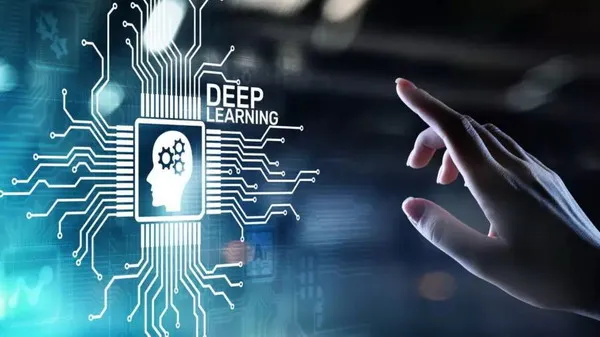
This technology is quite young, but more and more people, not only architects and engineers, but also the military, as well as the founders of large enterprises, are resorting to it. For example, creating a digital twin of a plant allows you to create various enterprise optimization models. Founders can then choose the most efficient model to further increase profits.
It also makes it possible to predict possible errors, reduce costs, improve quality control and preventive maintenance. It is worth noting that such technologies are used in various fields, including manufacturing, the military industry and many others, and bring tangible results, increasing work efficiency and reducing costs.
However, the use of digital twin technology is not limited to the creation of virtual copies of physical objects. In addition, it allows you to simulate workflows, create simulations of rescue missions, terrorist threats, air, land and sea operations.
This allows representatives of law enforcement agencies and military departments to hone their skills, minimizing operating costs and the risk of damage to equipment.
The digital twin technology can also be used to simulate hacker attacks on companies and institutions, allowing cybersecurity experts to prevent possible hacks and data theft.
Developers of various applications, especially those based on neural networks, can also use this technology to test different scenarios and identify weaknesses in their projects. This allows you to eliminate vulnerabilities and provide the end user with a reliable and ready-to-use product. It is also possible to use digital twin technology in the fields of education, medicine and sociology.
The Internet of Things connects gadgets around the world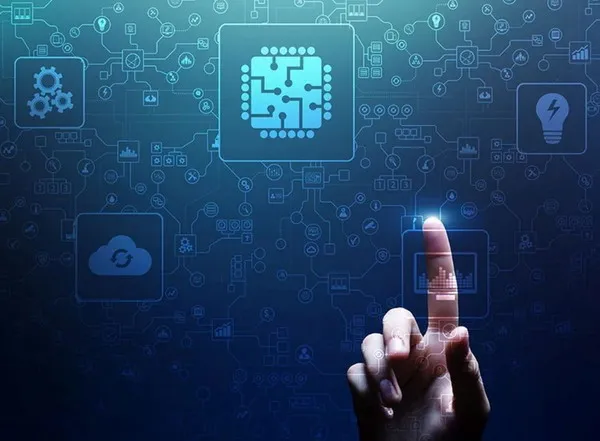
Today, IoT (Internet of Things) sensors are widely used in various fields. The most common and familiar system where they are used is the “smart home”, in which devices such as a TV, a smart speaker, a lighting, door and window control system, and a refrigerator can communicate and transmit data to each other.
This allows a person to receive visitor notifications at the door of their home, check for perimeter violations, and home entry attempts. In addition, the refrigerator can make a shopping list itself, a smart speaker can announce the latest news, and a smart TV and lighting control system can entertain. In addition, a smart car (that’s another story) can also use IoT sensors.
There are similar, but larger systems for doctors, military, law enforcement and scientists from different fields. However, there is a problem that the products work on different platforms, which are not always compatible with each other.
Next year, developers intend to eliminate this problem by creating standards and protocols that will be applicable to all devices in the Internet of things.
The IoT network continues to grow, and already includes tens of millions of devices around the world. Therefore, in 2023, the technological trend in this area will be related to the cybersecurity of the Internet of things. This is due to the fact that hackers have repeatedly hacked into users using vulnerabilities in smart gadgets.
Cyber security based on artificial intelligence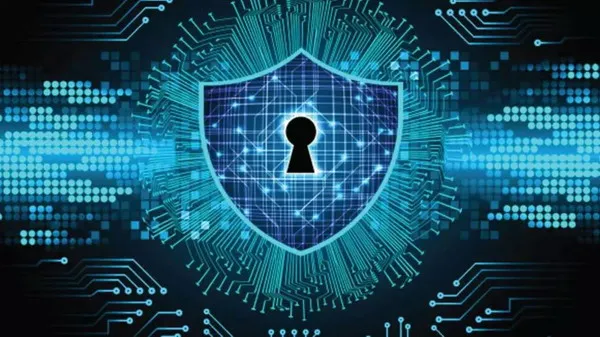
Cybersecurity is likely to be one of the biggest technology trends in 2023. Companies and states have come under threat since Russia’s attack on Ukraine, which preceded the hacking of infrastructure, public sector websites and the resources of large private companies such as banks. The introduction of 5G will give cybersecurity experts the ability to share data faster and solve complex problems together.
However, this same progress can be exploited by hackers. Therefore, it is important for security professionals to develop platforms and applications based on artificial intelligence and machine learning algorithms that can instantly assess risks, monitor the information space and detect the slightest signals indicating the possibility of hacking.
Some organizations, such as Plain Concepts, create attack simulation applications. Such applications help cybersecurity professionals hone their skills and improve products. They are also used to check security systems for possible vulnerabilities.
Quantum computing is for everyone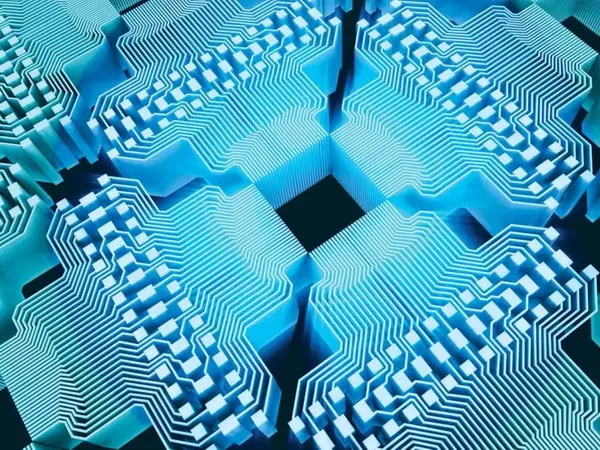
Large information technology companies such as Microsoft, Intel, IBM, AWS and Google have already got their own quantum computers. These devices are huge, complex systems that scientists claim can surpass the performance of any supercomputer.
However, the Chinese company SpinQ Technology went even further, offering everyone to buy their own quantum computer for a low price of $ 8900. Their device, Gemini Mini, allows users to understand the principles of quantum computing.
Although many believe that the Gemini Mini device is just a “showcase”, it still represents an important technological trend – quantum computers, phones, the Internet and communication are just around the corner.
Soon, all these technologies will become commonplace for people and will no longer be found only in laboratories, but will begin to be used in offices, educational institutions, financial and medical institutions, public and government organizations and in the home.
One of the main interests of scientists is quantum encryption. This method of information protection will not allow intruders to easily hack into the device, since the protection system recognizes the attack at the physical level.
The metaverse is still trending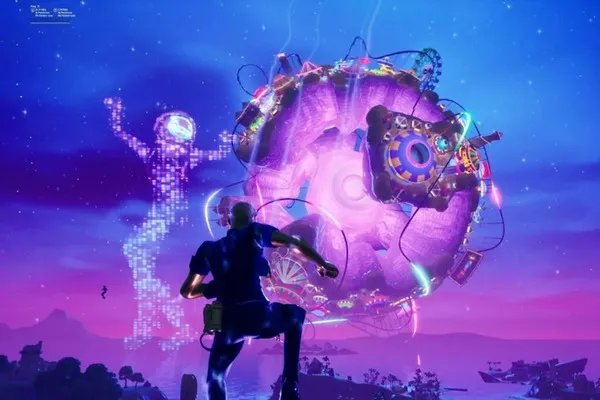
Despite the possible risks, interest in the metaverse continues to grow among technology market players, as they are confident in its significant economic prospects. Analysts predict that by 2025 its capitalization will reach $800 million, and in 10 years – $2.5 trillion.
According to the developers’ idea, the metaverse will not only become a platform for entertainment, but also for work, education, the development of telemedicine and online commerce, as well as for financial transactions.
Many companies are actively using the metaverse to test their products, create a new image and establish connections with potential customers. The “industrial” metaverse is one of the most promising technologies in the IT industry and Industry 5.0.
Numerous applications can be found for it: digitizing the real world, working with big data in virtual environments, creating models to achieve sustainable development goals while minimizing costs. At its core, it can become a full-fledged digital twin of the reality in which we live.
However, we are still far from the time when we can be in a digital universe that connects the virtual and physical spaces in a single online world.
Super Apps for IoT and the Metaverse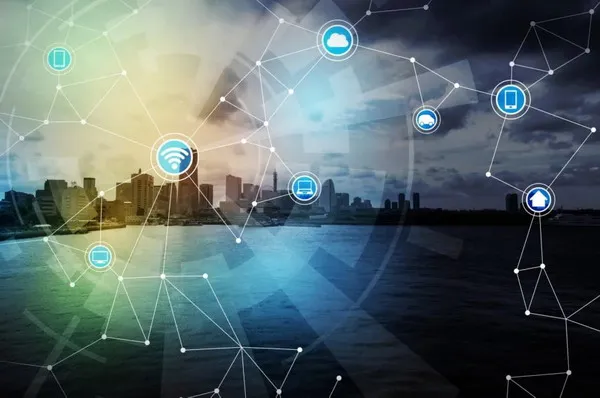
In order for mobile applications, platforms and digital ecosystems to function harmoniously in the metaverse or the Internet of things system, super applications are needed – one of the new technologies. These apps are like a digital Swiss Army knife that has a variety of tools to suit the needs of each user.
The super app will be based on one platform and provide a wide range of services, allowing users to enjoy a personalized and unique user experience. With it, users will be able to have fun, study, work, shop, receive virtual medical care and even travel without leaving the application.
In addition, the super app will contain an intelligent chatbot and combine IoT-based technologies with immersive experiences such as the metaverse.
Robotic process automation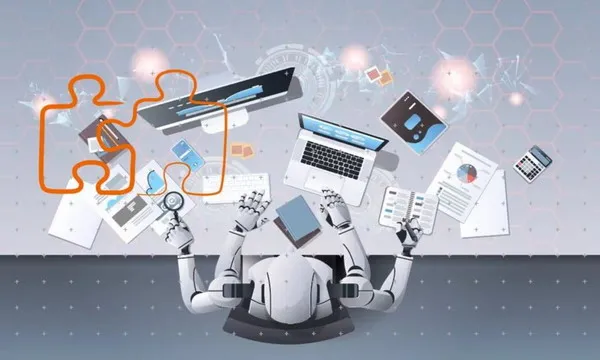
In 2023, the latest technological trend is directly related to the development of artificial intelligence, machine learning and robotics. Robotic process automation (RPA) will be widely used in large businesses and research institutions from various fields.
Its tasks will be not only the automation of business processes, such as chat bots, drafting contracts and correspondence with clients, but also the development and implementation of various applications, transactions, big data processing, information collection and analysis.
The main advantage of RAP is that it can automate routine tasks and repetitive processes that were previously performed by employees. However, this does not mean that people will lose their jobs. On the contrary, they will be able to focus on more creative and productive tasks.
RAP also aims to reduce costs, increase profitability, reduce the time spent on labor-intensive tasks, and most importantly, reduce the likelihood of errors.
All of the technologies listed above should help a person discover his talents, get creative and generate new ideas, while bots take on boring routine work, such as working with documents, performing responsible tasks, such as servicing invoices, or processing complex processes, such as big data analysis.
Technology trends to watch out for in 2023
The first month of the new year is the best time to think about what humanity expects during 2023. The world of technology continues to develop at a rapid pace, and the impact of these innovations on different industries is very significant.
Artificial Intelligence (AI) and Machine Learning (ML)
In 2022, OpenAI’s Dall-E and ChatGPT products allowed people to see the application of artificial intelligence in the real world. While the field continues to evolve, humanity will only realize its value through the advent of consumer-facing programs.
In particular, ChatGPT made a big impression on users with its ability to output detailed responses to queries, not only answering questions but actually providing useful content. In 2022, many people experimented with the possibilities of the program, treating it like a toy. But others see the technology as a new way to speed up workflows as early as 2023.
If you work in the IT industry and your job is to write Powershell scripts to perform common admin tasks, ChatGPT will be your friend. If you’re into fitness and need help planning your weekly meals, ChatGPT is your friend. If you need help writing a resume, ChatGPT is also your friend. If you’re a screenwriter and you need new ideas, ChatGPT will be your friend here too.
This is a true search revolution and perhaps the first major threat to Google’s dominance in years. ChatGPT is currently limited to text only, but it is easy to predict when text will be followed by images (Dall-E2).
There are also many third-party AI-based services. Some of them are starting to focus on the challenge of creating social media content, saving you time. In all likelihood, 2023 will be the first year in which we will see serious profits made thanks to artificial intelligence.
The spread of humanoid robots
In 2023, the world of robots is undergoing dramatic changes. Now many of us already have vacuum cleaner jobs at home, some have lawn mower jobs. But in 2023 we will see a boom in humanoid robots. Thanks to the advent of the Tesla Bot, we can predict real competition in the development of humanoid robots used in the workplace.
We see how Boston Dynamics has been working on this problem for more than a decade. However, the combination of economic depression with the difficulty of finding workers, in particular for work in areas associated with increased danger, should significantly increase the development of humanoid robots this year.
While we may have to wait a few more years before we can get ourselves such a robotic helper for household chores, we will soon hear about the first cases of robots being used seriously in factories, and we will also witness interesting conversations about the future of work.
3Internet of Things (IoT)
Smart lighting is great. But the Internet of Things is really just getting started. We are moving towards a world where devices connected to the network and able to communicate with it will have serious advantages. In some cases, it makes sense to be able to remote control and monitor. However, this comes with obvious security concerns.
Imagine a simple vending machine. In the past, it was necessary to receive a complaint from the user that the machine stopped accepting money, or that it ran out of food. Or at least have a special person on staff who will control the operation of the machine and check its status from time to time. But in the case of large operators owning hundreds of such machines, remote monitoring of inventory levels, payment problems, etc. will be needed.
Progress in the development of 5G technology
The 5G standard is already supported by many smartphones, and not just flagship models. The ability to connect to fast mobile networks already have models of the middle and even budget class.
In 2023, we should expect an increase in the number of devices with the option to connect to mobile networks that support the 5G standard. In particular, we are talking about laptops. Having a high-speed connection on your mobile device is a great advantage.
The deployment of 5G networks in 2022 has accelerated significantly. However, there are still many places in the world where 4G is the best connectivity option. As the roll-out of 3G networks accelerates rapidly , the pace of 5G network rollout from telcos will continue to accelerate in 2023.
Cyber security and privacy protection
The past year was the most negative in history in terms of cybersecurity. The reality is that attacks are on the rise, and international political uncertainty is helping. And while companies should learn from the known mistakes of the past, in all likelihood, news about cybersecurity and protecting data privacy will continue to appear in online publications throughout the current year.
Source: https://vc.ru; https://mediasat.info/uk/


